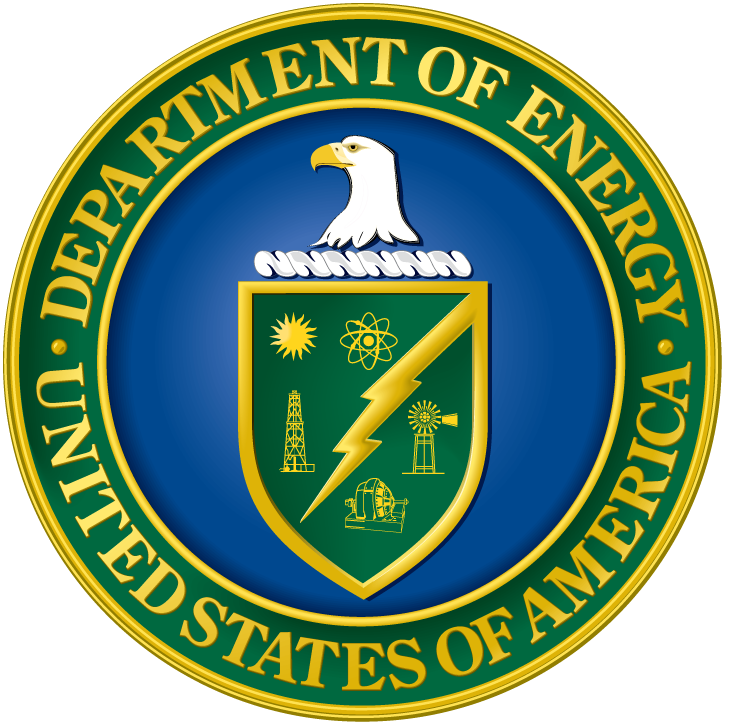Part 1 of 2 Parts
There is a new type of nuclear fuel that is being advertised as a major breakthrough. It is called TRI-structural ISOtropic particle fuel or TRISO for short. The fuel consists of micro particles that may be the most robust type of nuclear fuel ever developed. Because TRISO is so stable, it could play a key role in the development of a whole new generation of nuclear reactors.
There is a lot of positive publicity for TRISO fuel and its supporters say that it is justified. The TRISO particles consist of a core that is a nuclear fuel kernel. It is surrounded by three isolating layers of material which are designed to withstand the high pressures inside a nuclear reactor core as well as temperatures as high as sixteen hundred degrees Celsius. It is believed that the TRISO particles will be able to safely contain the fuel kernels even in the worst-case scenarios.
The core of each TRISO particle consists of uranium, carbon and oxygen. The layers around the core encapsulate the uranium and prevent the release of radioactive fission products from the fission process.
Across the U.S., commercial nuclear power reactors produce about twenty percent of all the electricity in the national grid. While it does not produce any greenhouse gases during operation, the construction of nuclear power plants and the mining and refining of nuclear fuel do produce some carbon dioxide. When it comes to new nuclear power plants, most people say that they would rather any new plants not be built near them. Everyone has heard of the nuclear disasters at Chernobyl in 1986 and Fukushima in 2011. People do not want to suffer the risk of such accidents happening in the future and would be uncomfortable living next to a nuclear power plant.
Chernobyl involved what is referred to as a RBMK type reactor. This type of reactor is the oldest design for any operating nuclear power reactor. There are still ten of these reactors in operation, but they are all in Russia and there are no plans to build any new ones based on this design. Modern reactors have been redesigned to prevent this type of nuclear accident.
Fukushima involved General Electric boiling water reactors that were designed in 1960s. They have what is known as Mark I containment systems. After the disaster, many nuclear power plants around the globe were upgraded with new safety features intended to prevent any repeat of the disaster that resulted in three of the Mark I reactors melting down. There are still twenty-three Mark I type reactors operating in the U.S. today.
Many improvements to the design of nuclear power reactors have been made in the past fifty years and a whole set of new safety features were developed since Fukushima. The new reactors should be extremely safe but it is impossible to anticipate all the possible problems that could arise at a nuclear power plant. How can any design be good enough to overcome unanticipated problems?
Please read Part 2 next
